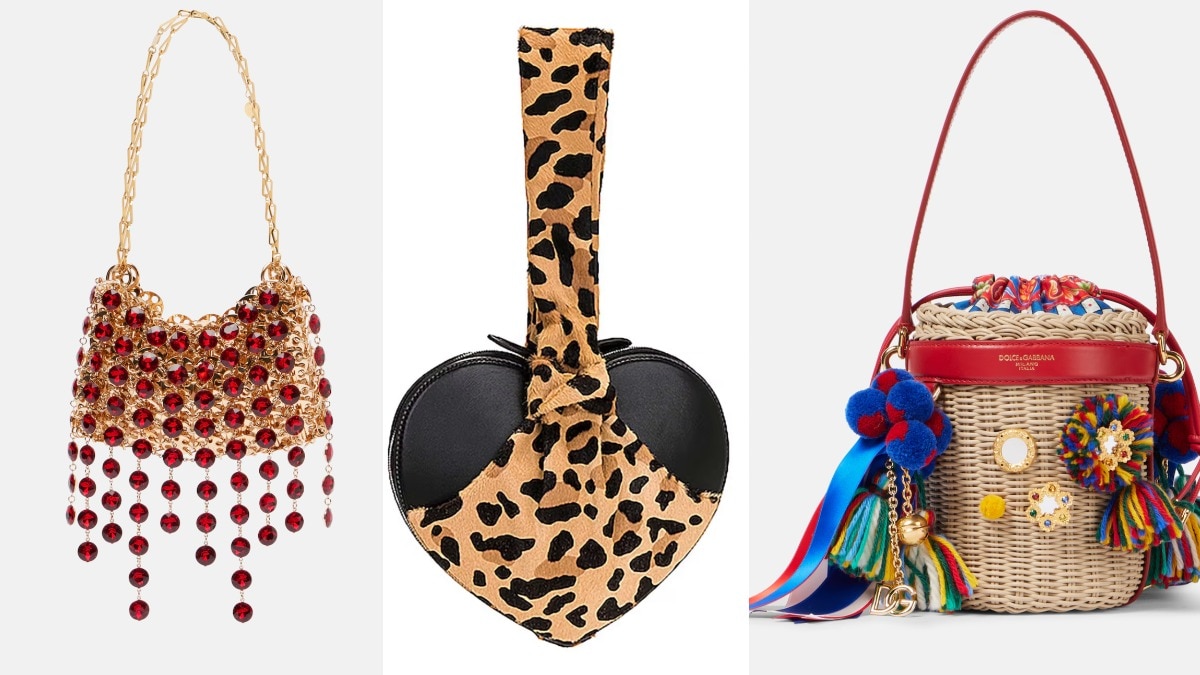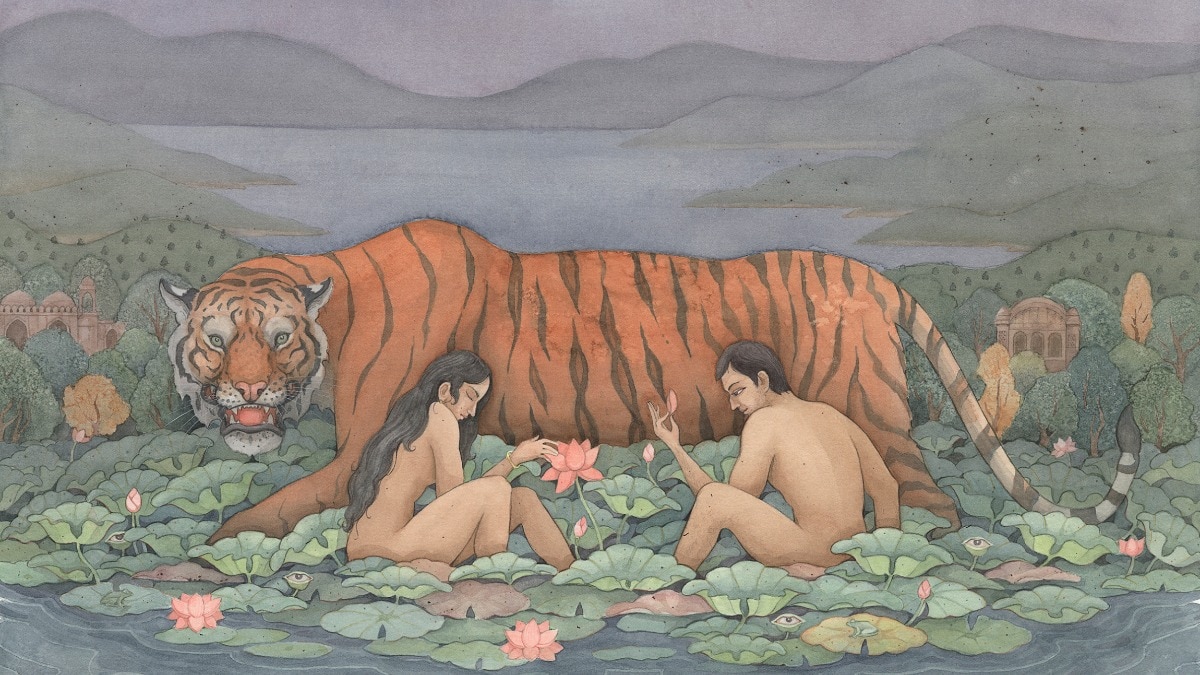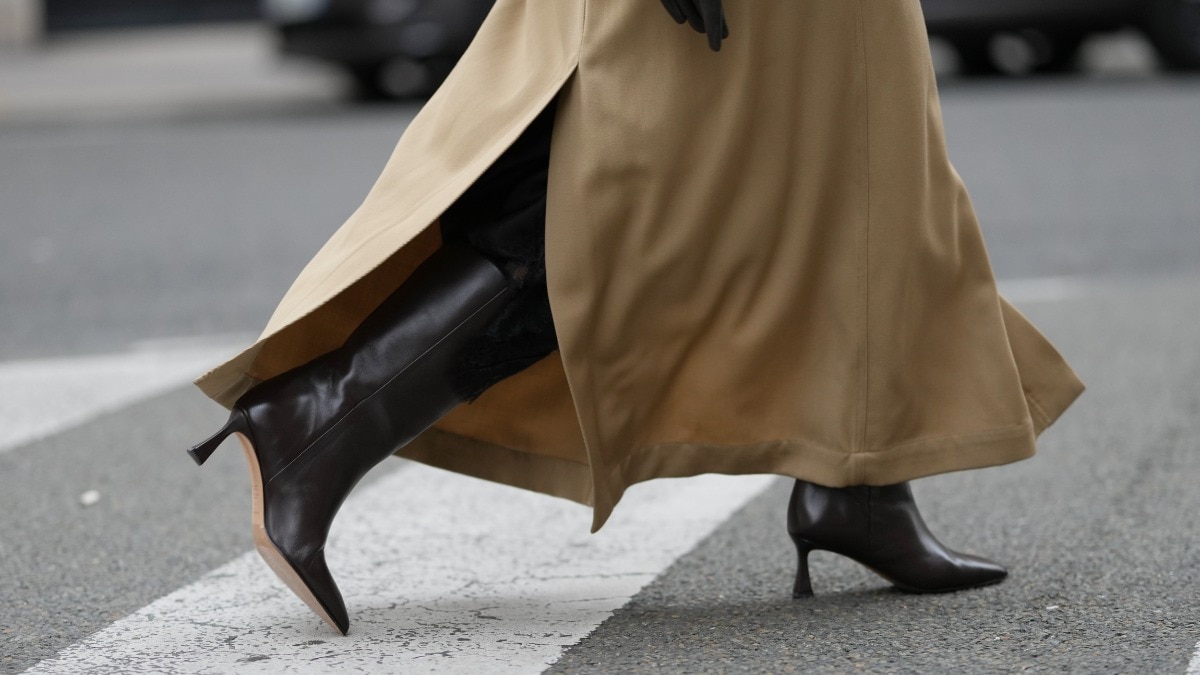
How deep is the relationship between Indian craftsmanship and global luxury?
The karigars behind the craft of luxury Maisons have had a long relationship that is ready to come to the forefront.


It was not so long ago that Maria Grazia Chiuri unveiled her pre-fall 2023 show for Christian Dior to the world. Set on the Mumbai harbour, and silhouetted by the majestic Gateway of India, the show comes back easily to the mind's eye. While the fashion community took in the opulence of the showcase that night, what they took away was the French Maison's close links to the artisanship in Mumbai, specifically Chanakya, with the designs littered with Rajasthani mirror-work embroidery, Mughal-era zari work, block painting, and more.
But this relationship between intricate craftsmanship rooted in India and the creations of global luxury brands is nothing new. The value of Indian craftsmanship in curating global luxury brand collections that we can't turn our eyes away from has a complex past. Behind the aura of European exclusivity, mesmerising detailing, and highly coveted access to luxury haute couture are our very own karigars, making their living through their generational craft.

THE RICH HISTORY OF INDIAN CRAFTSMANSHIP IN GLOBAL LUXURY
Since the 1980s, luxury brands that we view as leaders of the global fashion industry—from Dior, Chanel, and Gucci to Versace, Hermes, and Saint Laurent—have popularly relied on India’s unparalleled craftsmanship and cost-effective labour for some of their most elaborately crafted collections.
But this relationship between European luxury and Indian craftsmanship dates further back. There have been many records through the course of time showing Indian craft being immensely sought after in the West.
Ethnic weaves and crafts like chintz and calicos were so deeply adored in France during Louis XIV’s reign, being used in everything from petticoats to curtains, that in 1686, the King’s government resolved to ban the import on Indian textiles to France to save their own textile market. The forbidden nature of these weaves made them more exclusive, making them the trend of the upper class and nobility.
Soon after in Britain, the exceptional quality of Indian cotton made available to England by the East India Company made their wool-weaving industry obsolete.

THE PRESENT DYNAMIC BETWEEN INDIAN CRAFTSMANSHIP AND GLOBAL LUXURY
Post the Rana Plaza collapse in 2013 in Dhaka, Bangladesh, which took the lives of over 1134 garment factory workers, flaws in the supply chain of the luxury industry came under intense but fleeting scrutiny for the exploitation hidden deep beneath the glitz and glamour of luxury. It was then that luxury brands started outsourcing their artistry to boutique ateliers and family owned businesses in India to build a better narrative and avoid any claims of engaging with sweatshops.
Over the years, a few unique Indian origin companies have established themselves with the purpose of collaborating with karigars and global luxury powerhouses to provide a platform to Indian craftsmanship and talent.
Passionately rooted in preserving our rich history of craftsmanship by bringing it into the limelight, such companies aspire to ensure a sense of respect and dignity for the artisans by educating them and making them understand the value of their craft in the creations of the luxury brands.
Companies like Milaaya Embroideries and Les Ateliers A2 provide artisans with a platform to present their work in zardosi, aari, embroideries, and beadwork, and collaborate with with iconic luxury names, like Hermes, Stella McCartney, Chanel, Saint Laurent, Vera Wang, and Oscar De La Renta amongst many more.
Perhaps one of the most iconic relationships in Indian luxury, spanning three decades, is the relationship between Chiuri, Creative Director of Christian Dior Couture and Karishma Swali, Founder of Chanakya School of Craft by Chanakya Atelier.
The momentous Dior show 2023 consisting of rani pink, black silks, banarasi brocades, and madras checks proudly presented 25 different embroidery techniques that call India home, from phulkari and kanta embroidery, to glittering mirror work. The show served as a defining moment for what ”Made in India” truly means in the global luxury industry.

THE HOPE FOR AN INCLUSIVE AND VALUED FUTURE OF PARTNERSHIPS
By becoming increasing open about collaborating with ateliers and boutique business in India and curating craftsmanship that aligns with their collections, luxury brands are also opening a door for our truly one-of-a-kind cultural art and the families that have been passing it down through generations to get at least a little more recognition and respect that earlier, if not their fair share yet. One can hope that this deeply intertwined relationship between global luxury and Indian craftsmanship grows, bringing in more recognition to our karigars as integral to the DNA of the luxury brands we cherish.










